If you're not too keen on images of clusters of holes, then you probably have something called trypopobia, and you definitely won't like this post.
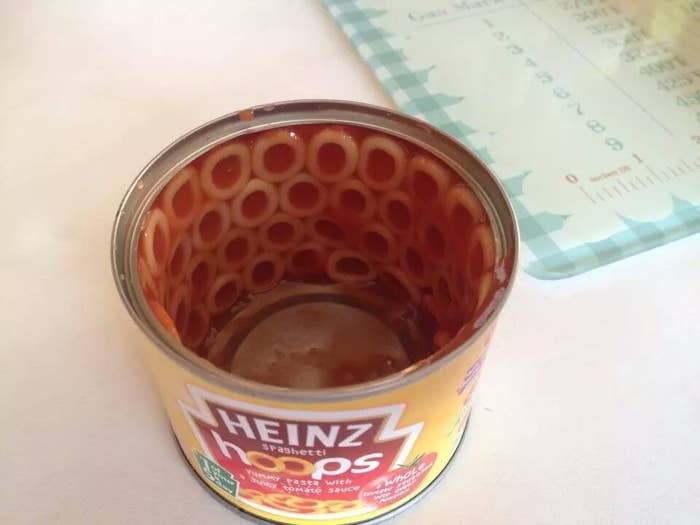
Trypophobia means "fear of holes", but it typically refers to the fear of clustered holes, such as aerated chocolate, crumpets, honeycombs, and lotus-seed heads.
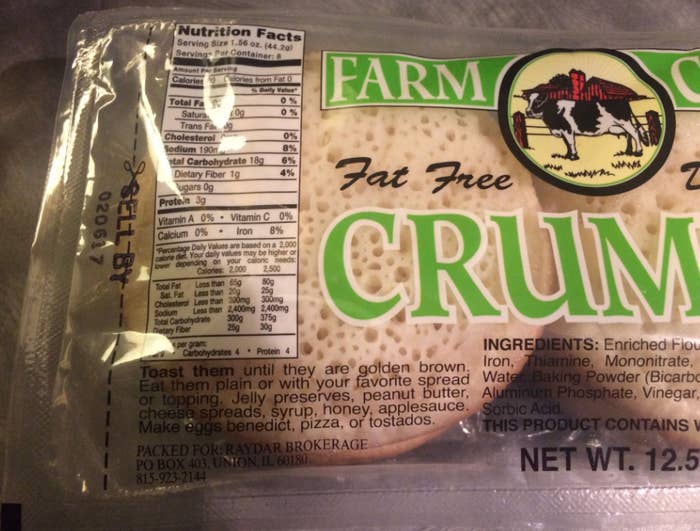
But it's not just about holes! Daniel J. Glass, a psychology doctoral student at Suffolk University, told BuzzFeed News research has suggested that clustered bumps can also trigger people with trypophobia as much as clustered holes can.
"So it's really the clustering that is the crucial factor rather than the holes," he said.
Trypophobia is not yet a recognised phobia, which is why it isn't in the Diagnostic and Statistical Manual of Mental Disorders (DSM).
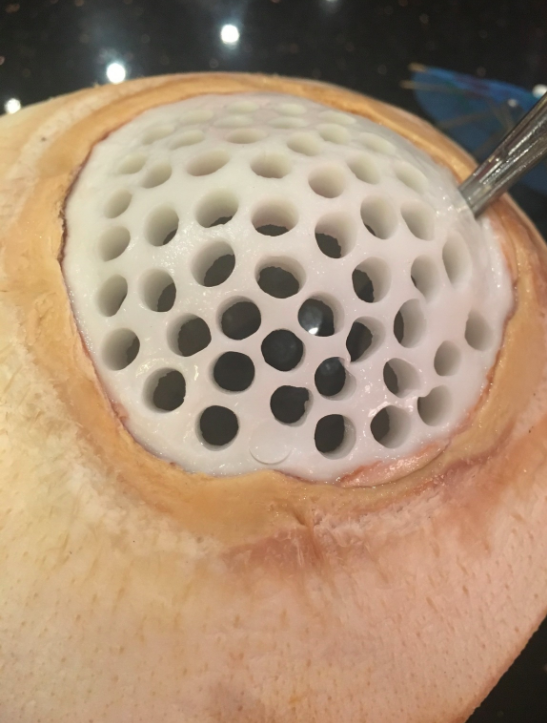
Arnold J Wilkins, a professor from the University of Essex, told BuzzFeed News that it's probably more accurate to say that "trypophobia refers to a disgust, rather than a fear, of certain configurations of similar objects, usually round".
Wilkins also said that people who say they fear small holes tend to experience itchy skin, feeling nauseous, and symptoms commonly associated with anxiety, such as sweaty palms.
In fact, some experts, such as Glass, believe that trypophobia is socially transmitted, and spread through a combination of social media and the power of suggestion.
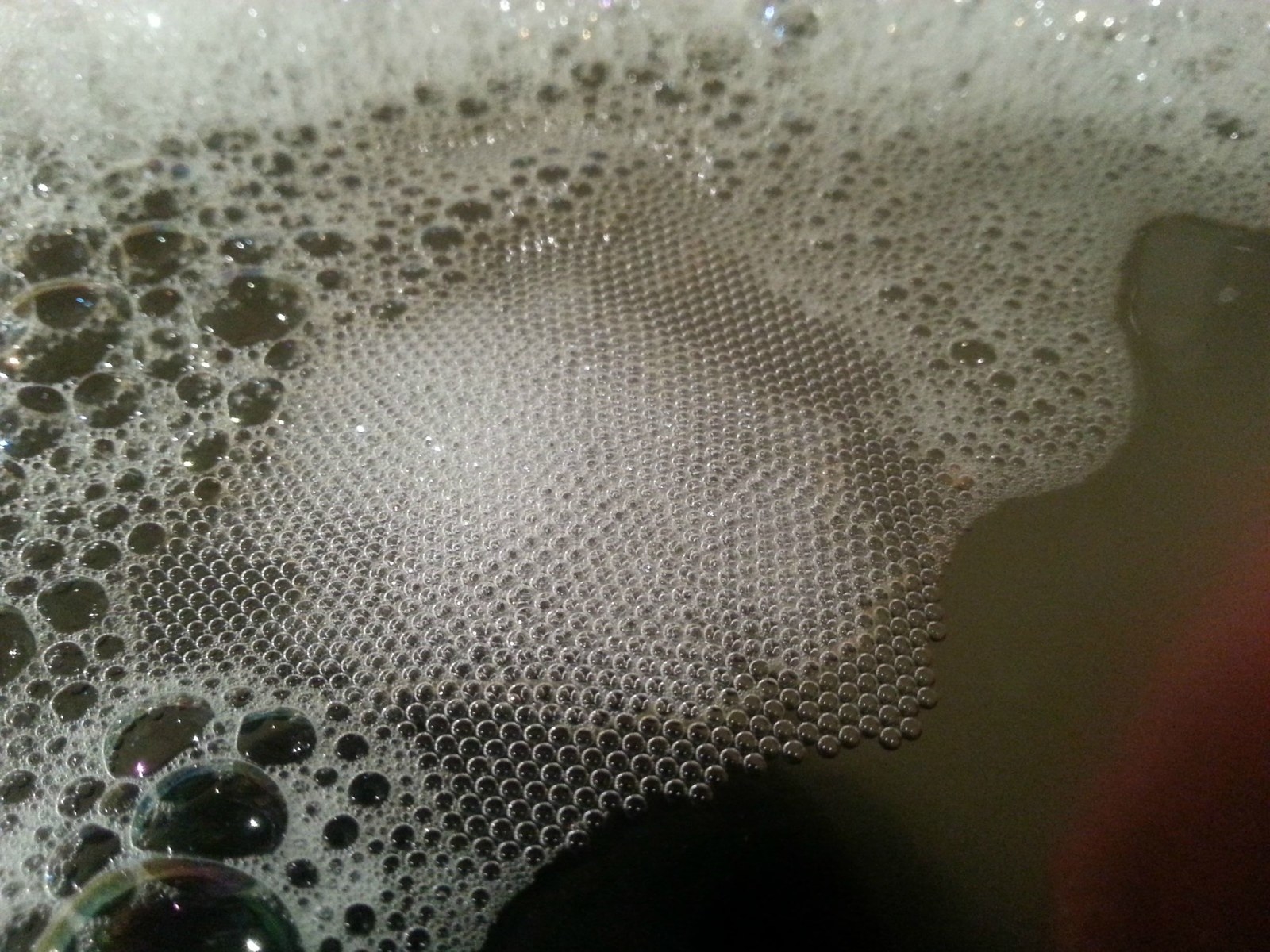
"Looking at all these photos that other people find disgusting, it's easy to think, Oh, yeah...that IS gross! But why are so many people so prone to find these images gross at all?" Glass said.
"It would be much harder to get people on board with being disgusted by a picture of baby kittens," he added.
The answer might be evolutionary, and it may have to do with our fear of poisonous animals.
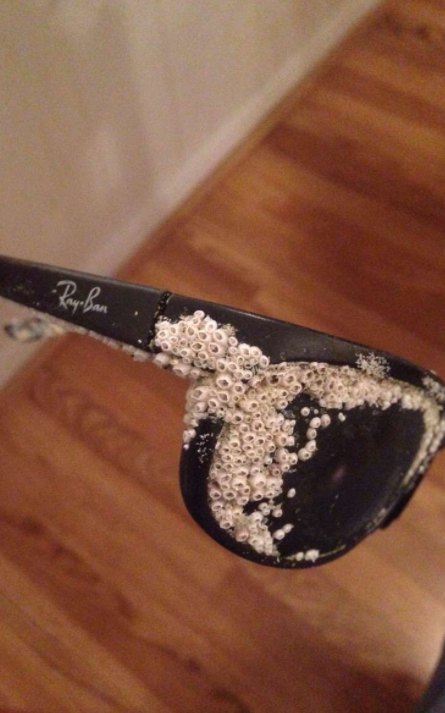
"Most common phobias — fear of spiders, heights, dogs, snakes, the darkness – are to things that would have been dangerous to our ancestors," Glass said.
"Individuals that readily feared these things were less likely to die before reproducing successfully, and so they passed on those genes to us," he added.
Some evolutionists think that closely clustered objects accidentally trigger our fear of poisonous animals, which may show these cluster patterns.
However, Glass is not too convinced by this explanation. He believes that it has more to do with being disgusted by unusual lesions on people's bodies.
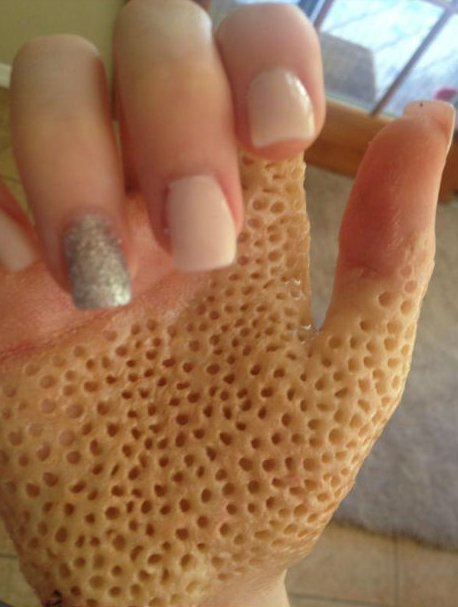
"Trypophobic people find these clustered bumps or holes even more unpleasant when they appear on the skin," Glass said.
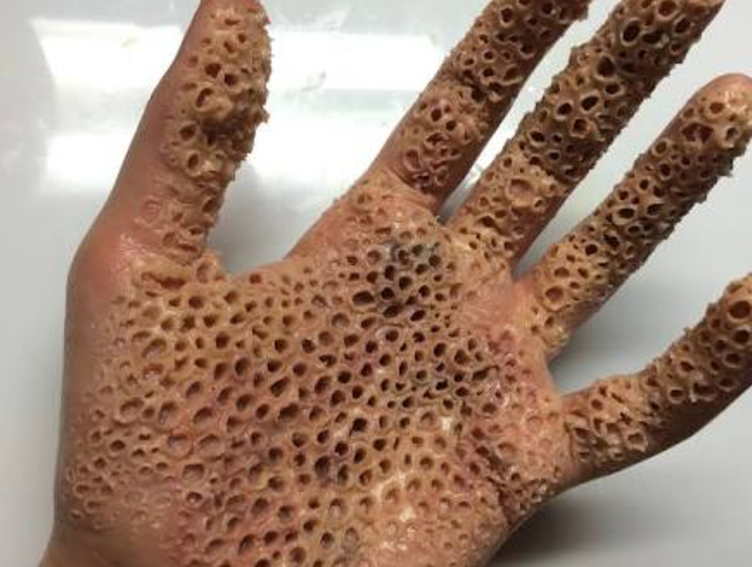
"This, to me, supports the hypothesis that trypophobia is really a side effect of our evolved tendency — reinforced by learning throughout our lives — to react with disgust to unusual lesions on people's bodies," he added.
Avoiding bodily fluids, sores, and diseased-looking skin would have kept our ancestors from being infected with germs, Glass said. This is why we find those things disgusting.
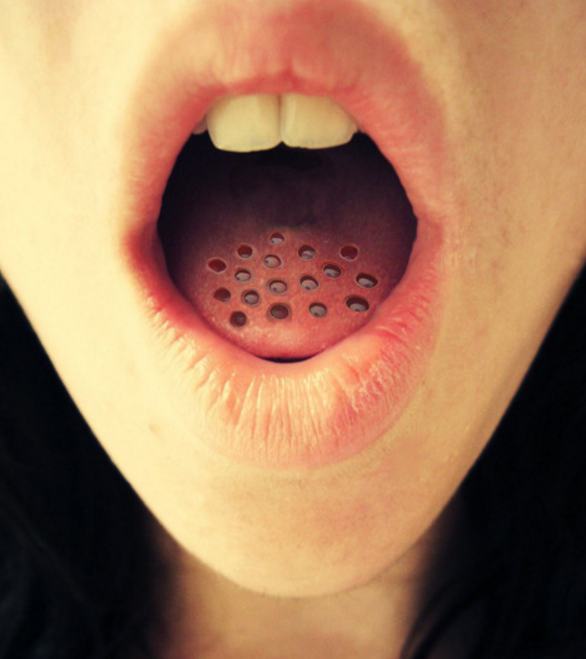
"If our ancestors saw someone with a cluster of bumps or holes in their skin, there was a good chance that it was caused by a parasite or other infection, and it would make good sense to be repulsed by it," he added.
So we can probably blame our disgust of clusters of holes on our evolutionary past.
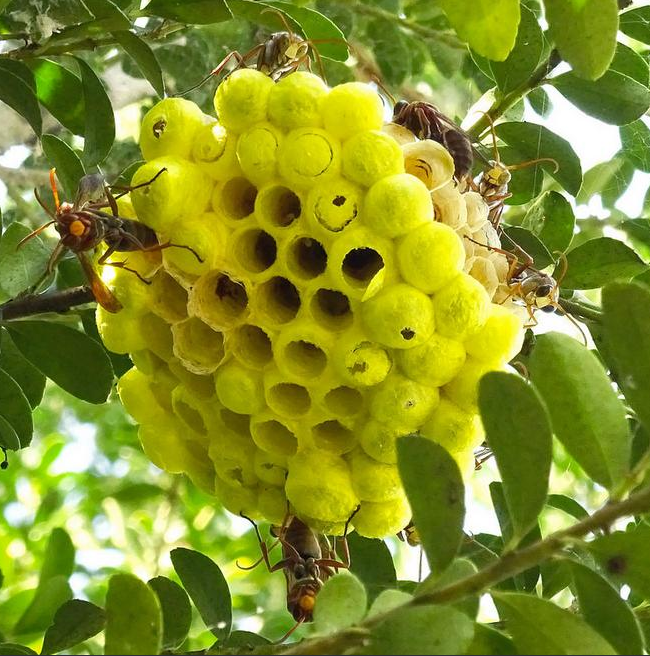
"The fact that it most often triggered, in today's society, by images of aerated chocolate, honeycombs, and lotus-seed heads is just incidental," Glass said.

